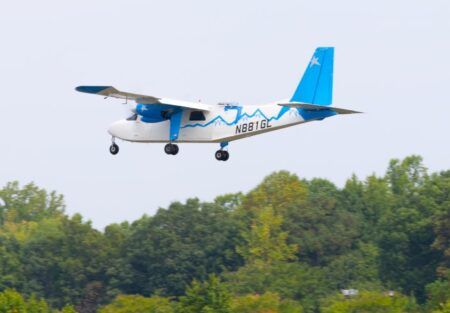The USA’s Office of Space Commerce has started testing a new system that will track and make available data on orbital debris and spacecraft.
The Traffic Coordination System for Space (TraCSS) will provide safety alerts as the amount of space traffic and debris increases around the Earth.
As of yesterday, satellite operators are for the first time receiving basic space situational awareness (SSA) data and space traffic coordination (STC) services from the Commerce Department.
Nine satellite operators are involved in the test – NOAA, Maxar, Telesat, Intelsat, the Georgia Institute of Technology, Planet Labs, Eutelsat Oneweb, Iridium, and the Aerospace Corporation. The participants receive safety notifications from TraCSS in the form of conjunction data messages (CDMs) to alert them about potential collisions.
TraCSS will add satellite operators and provide more data and services as the program progresses. Eventually it will replace Space-Track, a service provided by the USA’s Defense Department.
The Office of Space Commerce is part of the National Oceanic and Atmospheric Administration (NOAA) within the Department of Commerce.
Don Graves, the US Department of Commerce’s deputy secretary said, “The Office of Space Commerce leads our efforts to advance US leadership in the global commercial space industry, and TraCSS is a testament to US leadership in safe and sustainable space commerce.
“The Department of Commerce is building this system in close cooperation with industry partners to harness and promote commercial innovation in space. Together, we are helping to ensure the safe and sustainable growth of the space economy.”
“As space has become more congested, NOAA has risen to the challenge to prevent catastrophic collisions in space by developing TraCSS,” said NOAA Administrator Rick Spinrad.
“TraCSS represents a modern approach to spaceflight safety, integrating the latest technologies and providing on-ramps for continuous improvements that will scale into the future,” said Richard Dalbello, director of NOAA’s Office of Space Commerce. “I’m thankful for our team and partners for doing the hard work to launch the first phase on schedule.”
TraCSS is being introduced in several phases. In Phase 1.0, TraCSS provides CDMs for approximately 1,000 space objects six times a day. The CDMs generated by TraCSS Phase 1.0 are currently distributed to a set of beta users via the Space-Track.org website managed by the Department of Defense.
This beta test phase of the project will run as the TraCSS team continues to field successive upgrades over the next year, leading to Phase 1.4 of the project by the end of September 2025.
Planned improvements include the establishment of a dedicated TraCSS.gov website and the integration of additional commercial SSA capabilities.





